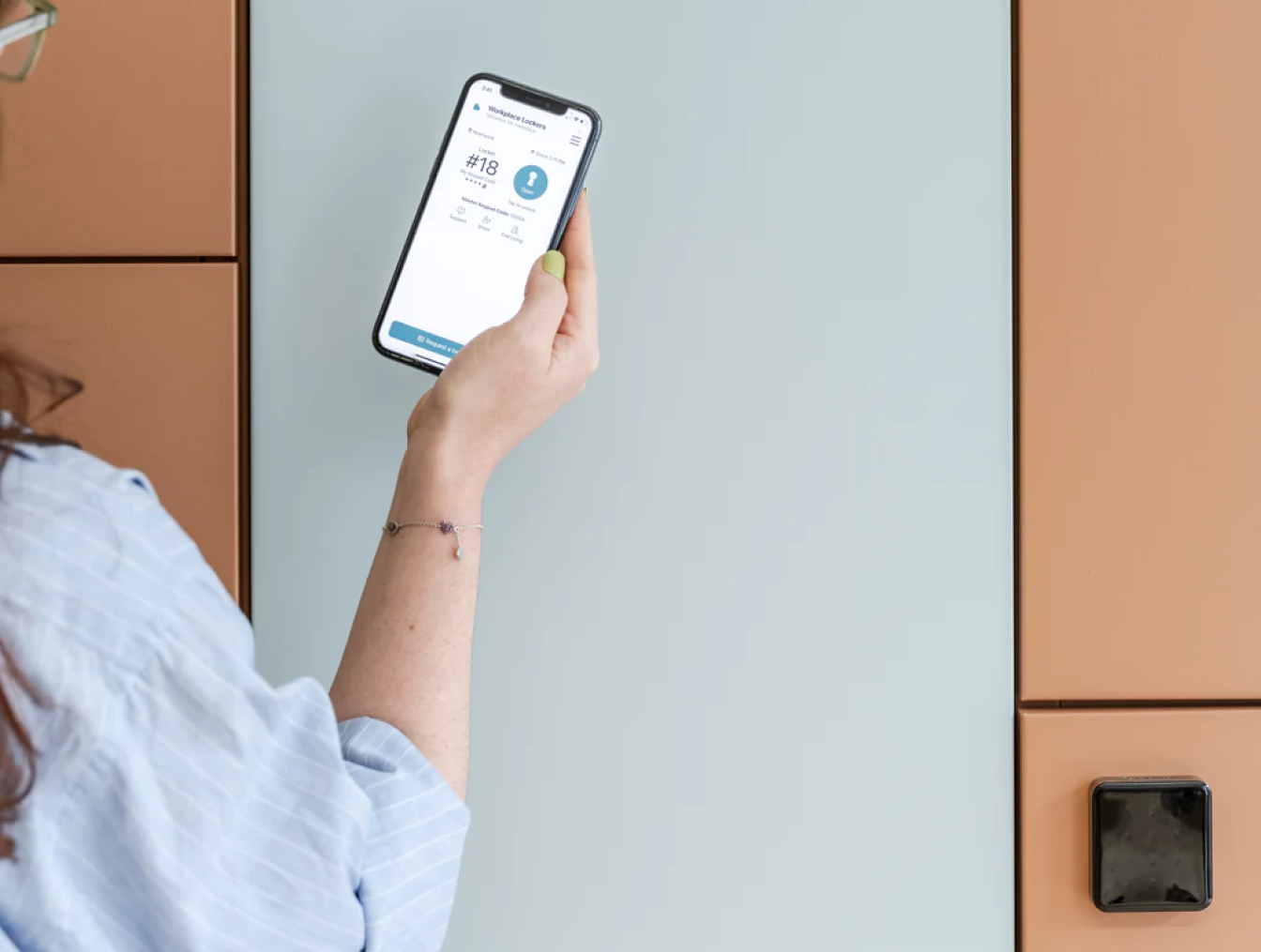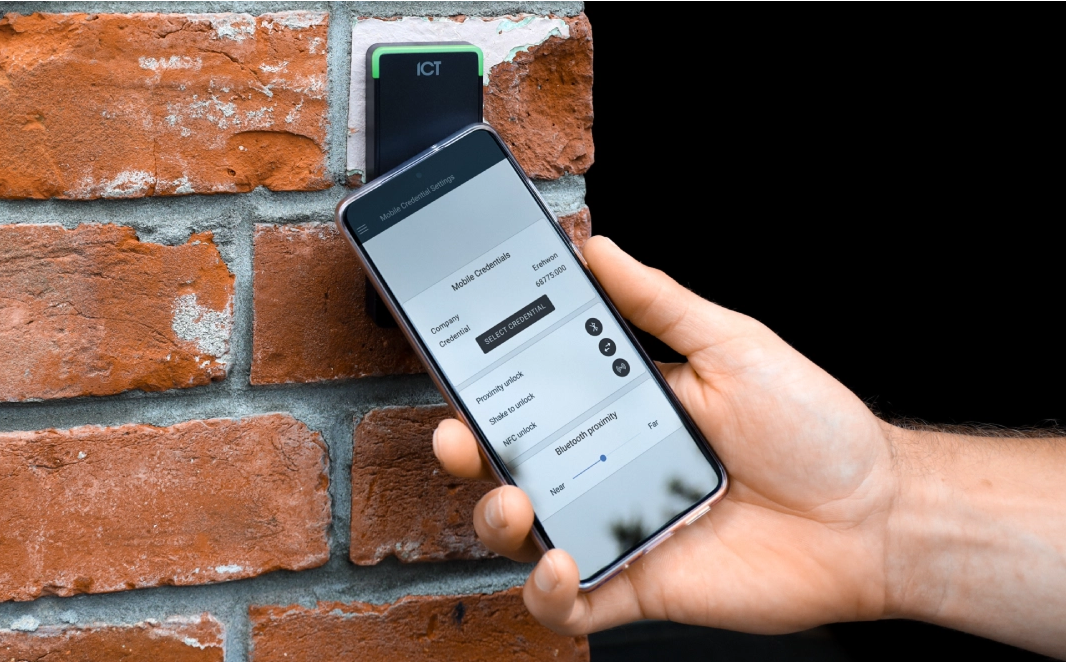Over the last 2 decades, ever since Nokia’s “Snake” in 1997, mobile apps have been evolving. What started as fun editions to normal phone functions has turned into one of the basic needs in everyday life.
Apps today serve as event reminders, learning tools, ways to enjoy various hobbies, and other practical uses, such as processing payments. Because of a wide variety of different apps, almost every aspect of our daily lives are connected to our smartphones.
One of the new spaces apps have started finding their place in is the locker market.
Lockers and locker systems have an interesting history of gradually becoming smarter, with RFID cards and bracelets rapidly replacing keys.
Every public location and workspace aims to provide the best experience for their locker users and adapt to new changes.
Replacing ordinary locks that could open with a key with digital locks and RFID cards was not only the more accessible option for users and managers but also increased the safety of stored belongings.
However, the new trend that is now emerging will make even the RFID cards obsolete in the near future.
What if, like many other things you can do with your phone, you could open a locker with it?
One simple app that can reserve, open and close the locker, as well as serve as a point for payment, and it goes farther than that.
For the end-user, there is a lower risk of them losing their phone than an RFID bracelet or card.
They can go through a simple and completely self-serve process when reserving their lockers, as well as when picking up their belongings. The user can also quickly find out relevant information like reservation times, the number of empty lockers and details on accessibility.
For staff and managers of the location, they can track their traffic more accurately and collect
essential data insights to help them make future decisions on other locker installations.
They also don’t need to deal with lost keys or assisting users and can put restrictions on reservations based on business hours. In case of emergency, they can quickly inform users through a notification and have the ability to open clusters of lockers in a matter of seconds.
The archaic nature of RFID cards makes them difficult to manage. Configuring a large number of RFID cards is impractical and time consuming. Using an app-based system removes the need for physical items and saves hours in management.
Of course, that kind of system also comes with its cons. It’s important to ask yourself a few important questions before deciding if the app-based locker system is for you.
Does your location have significant traffic of people who don’t own smartphones, or is it difficult for them to use them?
It’s essential to consider those users as well, like having the option to reserve their locker through a computer system.
When looking into different locks and locker systems, is this a good financial option for your location? As these systems are still few and new on the market, they could be on the pricier side, even when looking at long term return on investment.
Another thing to look into is the different types of app-based smart locker systems. Depending on your needs, there’s wired and battery-operated options, both of which have pros and cons so it’s important to do research and think about what’s the best fit for you.
Finally, it’s essential to ensure that your smart locker system provider has good support and representatives that reach out on-demand if and when there are any issues. There is no perfect system, but high-quality human assistance can get around any problems.
Apps are the present and future of many markets. Every day, they’re becoming more entwined with our work and personal lives. Using the phone to store your belongings is another step forward in that direction.



























